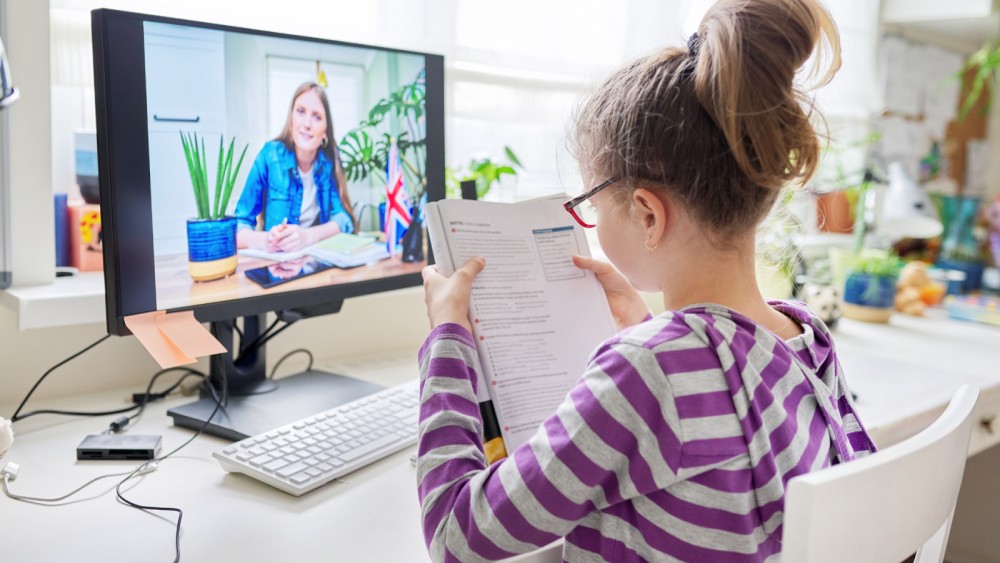Science isn’t just about memorizing facts—it’s about curiosity, discovery, and understanding how the world works. But when students fall behind or struggle with complex topics, that curiosity can quickly fade. That’s where personalized learning plans come in. Instead of a one-size-fits-all approach, they tailor science education to each student’s pace, strengths, and learning style.
Imagine lessons that actually make sense because they’re built around how your child learns best. It’s not just smart, it’s transformative. In this blog, we’ll explore how personalized learning plans keep students engaged, boost confidence, and help them not just catch up in science but thrive. If you’re looking for a way to reignite your child’s love for learning, this is where to start.
Understanding the Science Achievement Gap
Before exploring solutions, we need to understand why some students struggle with science subjects. The achievement gap in science education doesn’t just affect individual students, it impacts our future workforce and innovation potential.
Common Obstacles in Science Learning
Many students face barriers when learning scientific concepts. Abstract topics like molecular interactions or forces can be difficult to visualize. Students may also struggle with the specialized vocabulary of science, creating a language barrier before conceptual understanding can even begin.
A middle school science tutor often notices these obstacles early, providing targeted interventions before students develop negative associations with science subjects. These early interventions can prevent the snowball effect of confusion and disengagement.
Why Students Fall Behind in STEM Subjects
Students fall behind in science for various reasons. Some struggle with prerequisite math skills needed for physics or chemistry. Others might have missed foundational concepts due to absences or previous classroom experiences.
Learning styles also play a crucial role. Traditional science instruction often favors visual and auditory learners, leaving those with kinesthetic or reading/writing preferences at a disadvantage.
The Neuroscience Behind Effective Science Learning
Research in educational neuroscience reveals that effective learning occurs when students make connections between concepts. When information remains isolated—like memorizing the periodic table without understanding chemical properties—retention suffers.
The brain creates stronger neural pathways when students engage with material through multiple approaches: reading, discussing, experimenting, and applying concepts to real-world scenarios.
Understanding these neurological processes has transformed how we approach personalized education for science subjects. By tailoring instruction to how individual brains process information, educators can dramatically improve outcomes.
Core Components of Effective Science Personalized Learning Plans
Creating effective personalized learning plans requires systematic assessment and thoughtful design. These plans shouldn’t just address weaknesses but should also build on student strengths and interests.
Initial Science Skills Assessment Frameworks
Effective personalization begins with a comprehensive assessment. Unlike traditional tests that simply measure recall, good assessments evaluate conceptual understanding, procedural knowledge, and scientific reasoning abilities.
These frameworks might include hands-on demonstrations, concept mapping, or problem-solving scenarios. They reveal not just what students know, but how they approach scientific thinking.
Setting SMART Science Learning Goals
Personalized plans establish specific, measurable goals for students. Rather than vague objectives like “improve in chemistry,” effective plans target specific concepts or skills like “explain molecular bonding using both written explanations and visual models.”
These goals should stretch students appropriately—challenging enough to promote growth but achievable enough to build confidence rather than frustration.
Customized Learning Pathways for Different Science Domains
Science encompasses diverse fields, each requiring different learning approaches. A personalized learning plan for biology might emphasize visual models and classification skills, while physics might focus on mathematical relationships and experimental design.
These pathways consider both the nature of the content and the individual student’s learning preferences, creating a tailored route to mastery.
Progress Monitoring Systems That Drive Engagement
Regular check-ins and formative assessments allow students to see their growth, fostering motivation. Effective monitoring isn’t just about measuring—it’s about celebrating improvements and adjusting strategies when needed.
Personalized education approaches use data to drive decisions, not just to evaluate students. This distinction creates a growth-oriented environment rather than a judgmental one.
Personalized Learning Strategies That Transform Science Achievement
Implementing personalized learning plans requires specific strategies that address different learning needs. These approaches go beyond simple differentiation to truly customize the learning experience.
Project-Based Learning Tailored to Student Interests
When students pursue science projects connected to their interests, engagement skyrockets. A student fascinated by sports might explore physics through ball trajectories, while another might study pollution in a local stream.
This approach connects abstract concepts to concrete experiences, improving both understanding and retention while promoting student engagement in science.
Adaptive Technology Tools for Science Mastery
Digital tools can provide immediate feedback and adjust difficulty levels based on student performance. Virtual labs allow students to explore dangerous or costly experiments safely while working at their own pace.
These technologies create interactive learning environments that respond to individual needs, supplementing rather than replacing human instruction.
Flexible Pacing Models for Complex Scientific Concepts
Some science concepts require extended processing time. Personalized learning plans accommodate this by allowing students to move through material at appropriate speeds, spending more time on challenging topics and advancing more quickly through familiar ones.
| Aspect | Traditional Approach | Personalized Approach |
| Pacing | Whole-class moves together | Students progress at individual rates |
| Content Focus | Predetermined curriculum sequence | Customized pathways based on needs |
| Assessment | End-of-unit tests | Ongoing, formative evaluation |
| Student Role | Passive recipient | Active director of learning |
| Teacher Role | Content deliverer | Learning facilitator |
Multi-Modal Science Content Delivery for Different Learning Styles
Effective personalization presents information through multiple channels—videos, readings, hands-on activities, and discussions, allowing students to access content in ways that match their learning preferences.
This approach recognizes that understanding complex scientific principles often requires multiple exposures through different modalities. By incorporating various educational strategies for students, teachers can ensure that science becomes accessible to all learners.
Keys to Success in Personalized Science Education
For personalized learning plans to truly transform science achievement, several key components must work together. Education isn’t just about content—it’s about the relationships and systems that support learning.
Building Science Self-Efficacy Through Personalization
Perhaps the most powerful aspect of personalization is its ability to build students’ confidence in their scientific abilities. When students experience success through tailored approaches, they develop the belief that they can master challenging concepts.
This self-efficacy creates a positive cycle—confidence leads to greater persistence, which leads to more success, further building confidence.
Measuring Beyond Grades: Authentic Assessment Methods
Genuine personalized education looks beyond conventional testing to evaluate understanding. Performance tasks, portfolios, and real-world applications provide richer pictures of student learning than multiple-choice tests.
These authentic assessments better prepare students for the actual work of scientists, who solve problems rather than memorize facts.
Final Thoughts
Personalized learning plans offer a promising path forward in science education. By addressing individual needs, building on student interests, and providing flexibility in pace and approach, these plans can transform struggling students into confident science learners.
As we continue to refine these approaches, we must remember that personalization isn’t about technology or specific techniques—it’s fundamentally about seeing and responding to each student as an individual with unique potential. What might our scientific progress look like if every child received the exact support they needed to flourish?
FAQs
1. How does personalized learning help students succeed in science?
Personalized learning addresses each student’s unique learning style, pace, and interests. In science, this means students can dig deeper into topics they’re curious about while receiving extra support with challenging concepts, making abstract scientific principles more accessible and engaging.
2. Why is personalization especially important for science education?
Science concepts build upon each other, making gaps in understanding particularly problematic. Personalization allows teachers to identify and address misconceptions early, preventing the compounding confusion that often leads students to give up on science subjects altogether.
3. What makes a personalized learning plan effective for science?
Effective plans combine rigorous assessment, clearly defined learning goals, engaging content that connects to student interests, and regular progress monitoring. The best plans involve students in the planning process and adjust strategies based on ongoing performance data.



